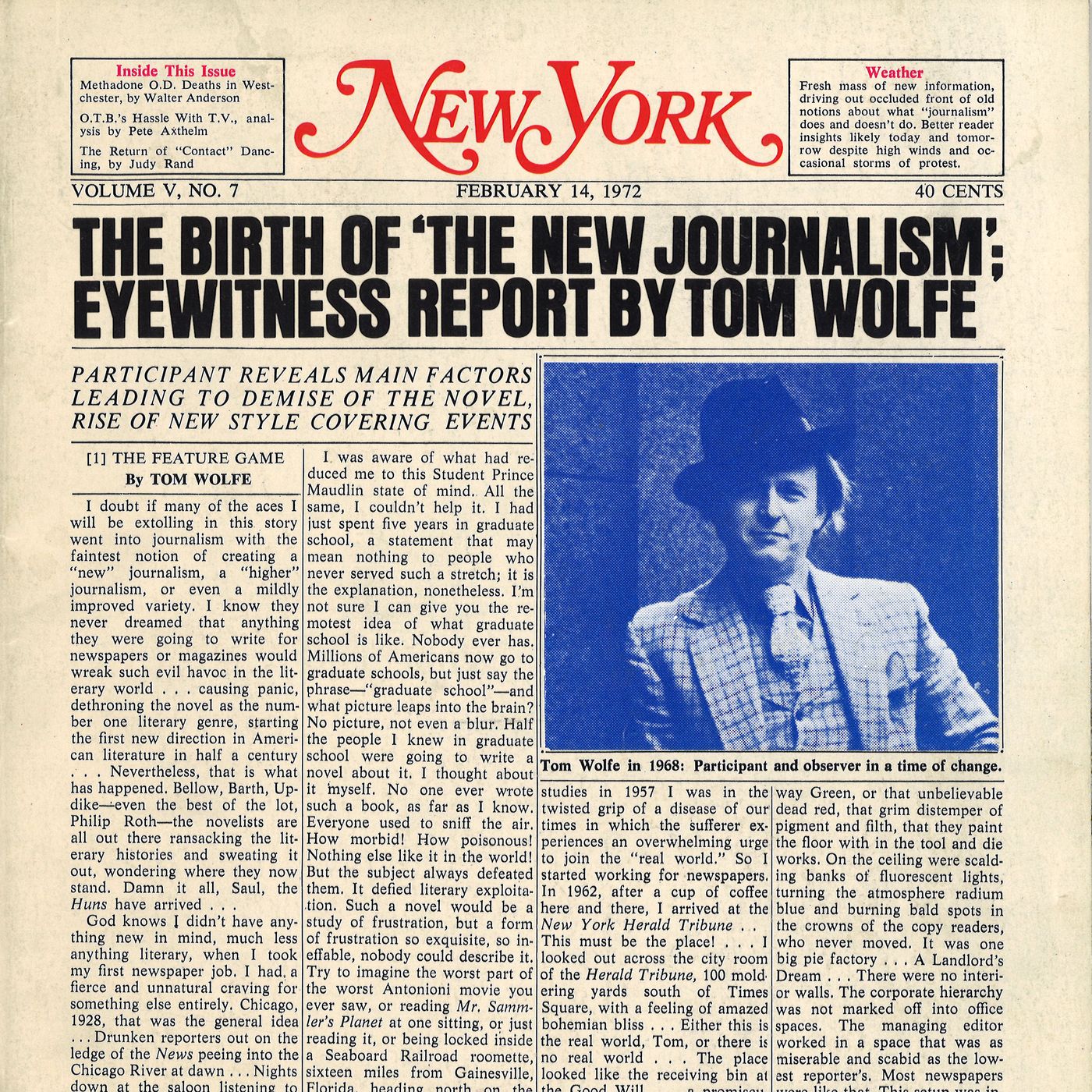News Articles Fundamentals Explained
News Articles Fundamentals Explained
Blog Article
Fascination About News Articles
Table of ContentsIndicators on News Articles You Should KnowNews Articles for Beginners4 Easy Facts About News Articles ExplainedThe smart Trick of News Articles That Nobody is Talking AboutNews Articles - The Facts
Great expertise of different topics gives trainees an one-upmanship over their peers. Despite the fact that digital and social media sites are easily accessible, we must not forget just how crucial it is to check out the papers. Parents need to try and instill the practice of reading a newspaper as an everyday routine to proceed the heritage of the revered print medium.Information stories likewise have at least one of the complying with crucial attributes loved one to the desired audience: proximity, prominence, timeliness, human interest, quirk, or effect.
Within these limits, information stories additionally aim to be thorough. Other elements are included, some stylistic and some obtained from the media kind. Amongst the bigger and much more revered newspapers, justness and balance is a major factor in offering info. Discourse is generally constrained to a separate section, though each paper may have a various overall slant.
Newspapers with a global target market, for example, have a tendency to make use of a more formal design of writing. News Articles.; typical style overviews consist of the and the United States News Style Publication.
News Articles for Beginners
As a regulation, reporters will certainly not utilize a lengthy word when a brief one will certainly do. They make use of subject-verb-object construction and brilliant, energetic prose (see Grammar). They use anecdotes, instances and metaphors, and they rarely depend upon generalizations or abstract concepts. Information writers try to stay clear of utilizing the very same word a lot more than when in a paragraph (sometimes called an "resemble" or "word mirror").
Nevertheless, headings occasionally leave out the topic (e.g., "Leaps From Boat, Catches in Wheel") or verb (e.g., "Feline lady fortunate"). A subhead (also subhed, sub-headline, subheading, caption, deck or dek) can be either a subordinate title under the major headline, or the heading of a subsection of the short article. It is a heading that comes before the main message, or a team of paragraphs of the primary text.

Extra signboards of any of these kinds may show up later in the post (particularly on succeeding web pages) to tempt further pop over to this site analysis. Such signboards are likewise utilized as guidelines to the article in other sections of the magazine or website, or as promotions for the piece in various other publication or websites. Typical structure with title, lead paragraph (recap in bold), various other paragraphs (information) and call details.

Instance of a hard-lead paragraph NASA is suggesting another space project. The spending plan requests approximately $10 billion for the task.
An "off-lead" is the second most important front web page news of the day. To "bury the lead" is to begin the short article with history information or details of second value to the readers, forcing them to check out more deeply into a short article than they ought to have to in order to discover the important factors.
The Basic Principles Of News Articles
Typical use is that a person or 2 sentences each develop their very own paragraph. Reporters usually describe the company or framework of a news tale as an inverted pyramid. The necessary and most interesting elements of a story are placed at the beginning, with supporting details following in order of diminishing value.
It enables people to explore a topic to only the depth that their curiosity takes them, and without the charge of details or subtleties that they might consider unnecessary, however still making that information offered to much more interested Full Report viewers. The upside down pyramid structure also makes it possible for posts to be trimmed to any arbitrary size throughout format, to suit the space available.
Some authors start their stories with the "1-2-3 lead", yet there are many sort of lead offered. This layout inevitably begins with a "Five Ws" opening paragraph (as defined over), followed by an indirect quote that offers to sustain a major component of the first paragraph, and after that a straight quote to sustain the over here indirect quote. [] A kicker can refer to multiple points: The last tale in the information broadcast; a "happy" story to end the show.
Longer posts, such as magazine cover short articles and the pieces that lead the inside areas of a paper, are recognized as. Function tales differ from straight information in several means.
An Unbiased View of News Articles
An attribute's first paragraphs frequently connect an appealing moment or event, as in an "anecdotal lead". From the particulars of a person or episode, its sight rapidly widens to generalities about the story's topic.

The Editor's Tool kit: A Reference Guide for Beginners and Professionals (2001) Allan M. Siegal and William G. Connolly. The New York Times Handbook of Design and Use: The Official Style Overview Utilized by the Writers and Editors of the Globe's Many Reliable Paper (2002) M. L. Stein, Susan Paterno, and R.
Report this page